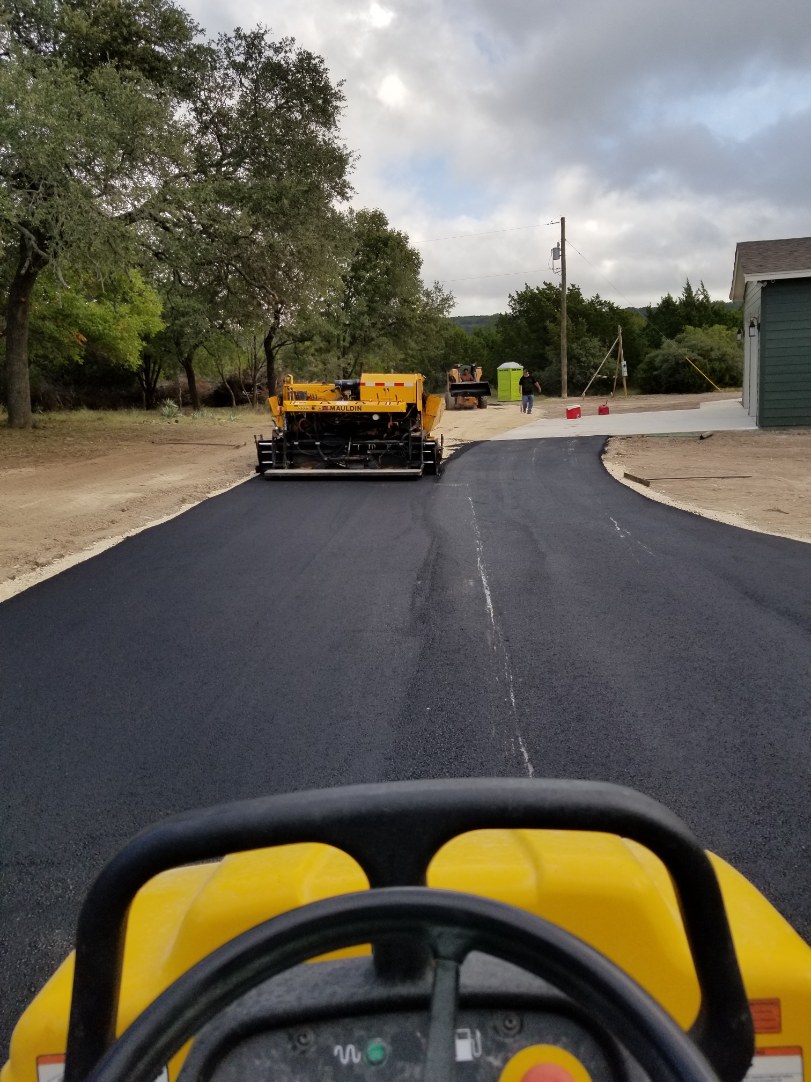Whether you have an asphalt driveway, road, or parking lot, it’s important to keep it in good condition. This will help it last longer and make your property safer and more valuable. Keeping your asphalt in good shape requires routine maintenance, such as crack sealing and seal coating. Using professional contractors like those at Austin Affordable Asphalt for asphalt repair will ensure that your property looks its best and will last a long time.
Surface Patching
 Surface Patching is a common method for repairing potholes or other minor asphalt problems. This is a temporary fix that is less expensive than cutting out and replacing the damaged area. This method involves applying a thin hot mix of asphalt directly onto the existing pavement to repair cracks, potholes, or other damage. It is an excellent option for residential parking lots and driveways. It’s also a great option for businesses that want to prevent water from further damaging their asphalt pavement. The final step is to seal the surface with a coating that helps protect it against UV rays and other weathering elements.
Surface Patching is a common method for repairing potholes or other minor asphalt problems. This is a temporary fix that is less expensive than cutting out and replacing the damaged area. This method involves applying a thin hot mix of asphalt directly onto the existing pavement to repair cracks, potholes, or other damage. It is an excellent option for residential parking lots and driveways. It’s also a great option for businesses that want to prevent water from further damaging their asphalt pavement. The final step is to seal the surface with a coating that helps protect it against UV rays and other weathering elements.
Full-Depth Patching
Full-depth patching is a method of repairing damaged areas in asphalt pavement. It involves excavating the damaged area down to its base layers and then replacing it with new asphalt. This method of asphalt repair is typically done by professional asphalt contractors. After marking out the area that needs to be repaired, a contractor removes all layers of the pavement to expose the foundation. If the foundation isn’t in good condition, the contractor will repair it before reconstructing the pavement with new asphalt. A full-depth patch is the most cost-effective solution for repairing potholes, alligator cracking, and other types of pavement damage.
Infrared Patching
Infrared Patching is a unique and effective way of repairing cracks, potholes, divots, surface areas and other damaged asphalt surfaces. The process uses infrared heating to soften the existing asphalt surface, allowing new and recycled asphalt to be mixed directly into the damaged area. The resulting patch material is then thermally bonded with the surrounding pavement, creating a seamless transition. This ensures that the patch does not separate from the surrounding pavement, preventing water damage and eliminating tripping hazards. The infrared repair method also has the benefit of being a cost-effective solution. Compared to the traditional cut and patch paving method, infrared repairs typically result in savings of up to 23% on labor, materials, and transportation costs. Contact us to learn more today!
